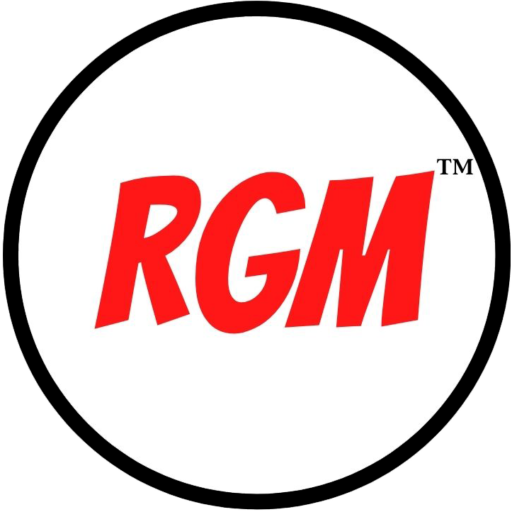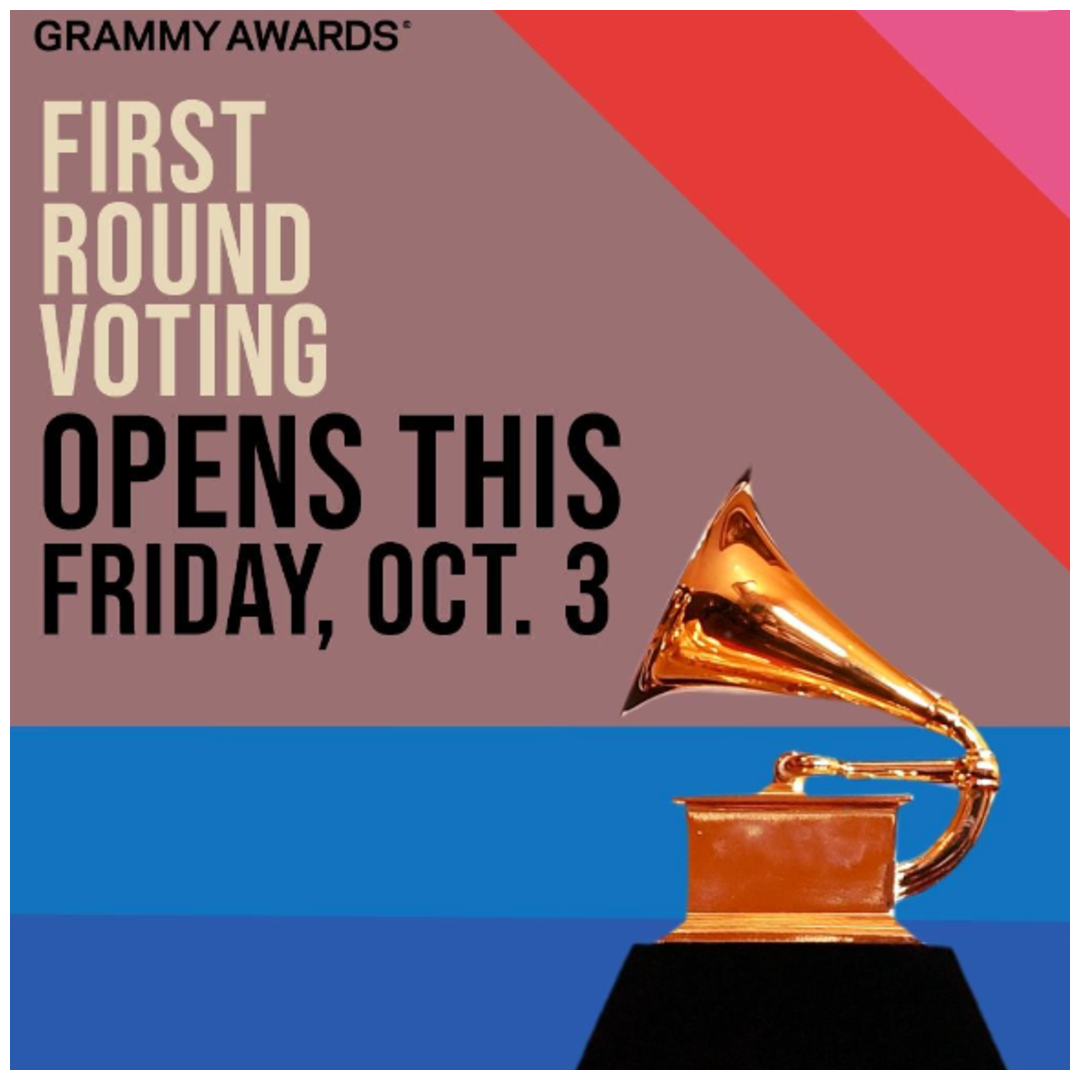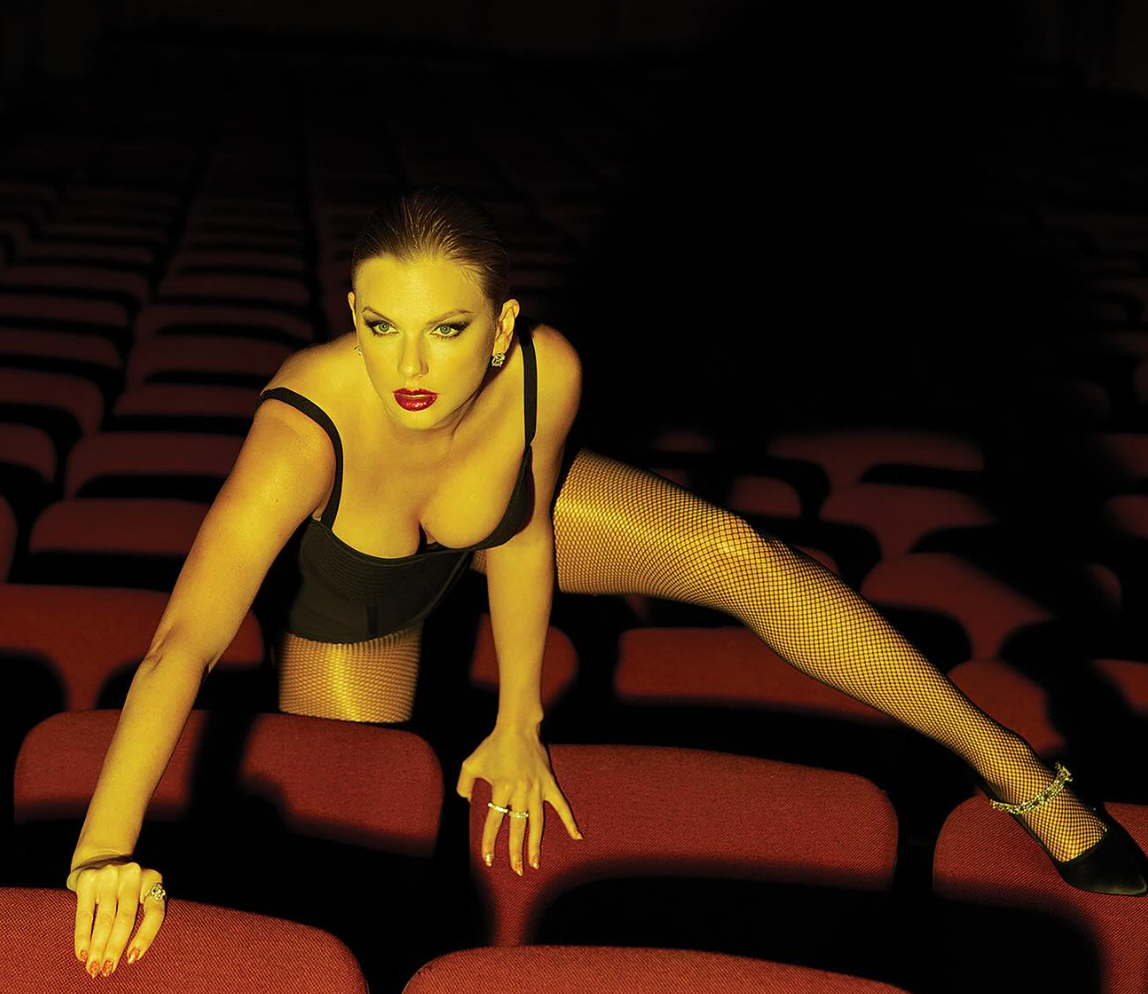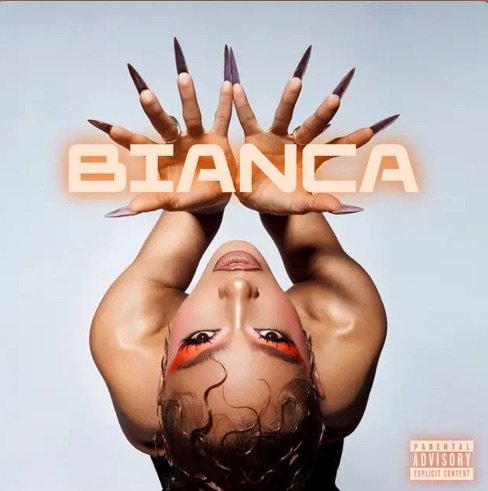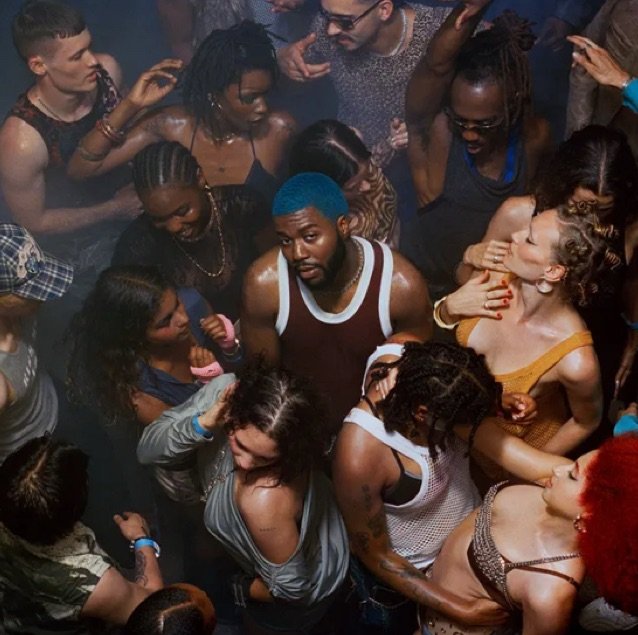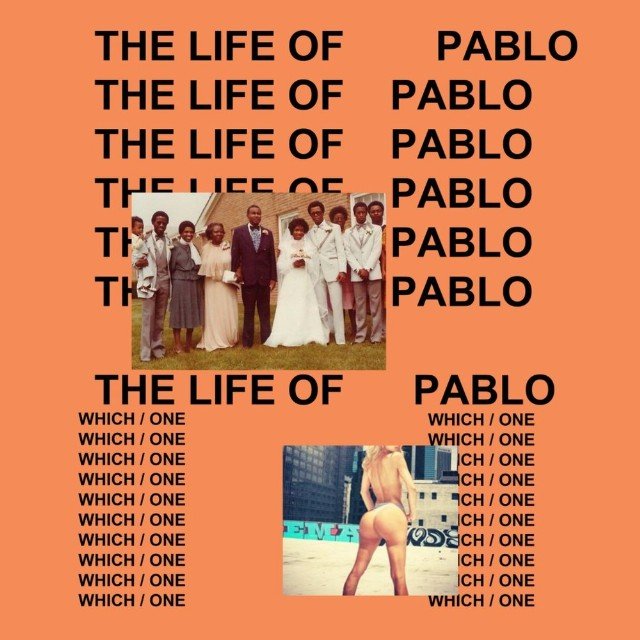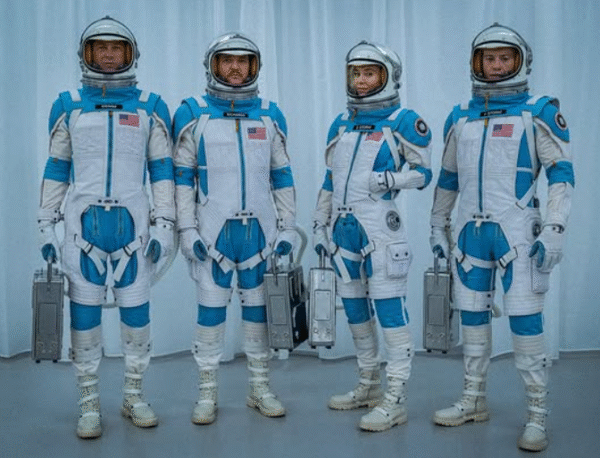
After several failed at-bats over the decades, someone has finally made a Fantastic Four movie that actually feels like Fantastic Four. Each previous attempt was missing something essential. The ’90s version lacked a budget or a real distribution plan. The 2005 film felt like a limp retread of Spider-Man without the charm. And the 2015 reboot? Well… it was missing everything. But at last, Matt Shakman’s The Fantastic Four: First Steps gets nearly all the key components right—resulting in a pulpy, retro-futuristic delight… mostly.
TOP FIVE THINGS ABOUT “THE FANTASTIC FOUR: FIRST STEPS”
5. A Breath of Fresh Air
I find it fascinating the extent to which Marvel Studios is leaning into the challenge of overcoming the audience’s exhaustion in the face of their gluttonous output over the last few years, and incorporating it into the films themselves. Earlier this year, Thunderbolts opened with the Marvel Studios logo literally having all of the life and color sucked out of it, and now, Fantastic Four forgoes the traditional opening logo altogether in favor of something far simpler and period-accurate.
This is indicative of the film as a whole, whose entire vibe is far less MCU and far more kitschy ’60s science fiction and fantasy. Narratively, the film is quite literally set in an entirely different universe than the traditional MCU fare, and for a surprising change of pace, the movie itself reflects that point of difference. In the past, whenever Marvel alleges that their newest movie embraces some hitherto untapped genre for comic book movies, I’ve struggled not to roll my eyes. Films like Captain America: The Winter Soldier or Spider-Man: Homecoming are fine films, but they are no more a political thriller or a John Hughes movie in their actual filmmaking than any other blockbuster. Narratively, these films follow these loose structures—sort of—but visually, they sand off all the edges of these daring genres until it’s just generic superhero stuff.
Mercifully, The Fantastic Four: First Steps is a huge exception to this rule. Beyond the story mimicking the genre it’s aspiring toward, the film itself—from production design to aesthetic to tone—actually utilizes each element of its craft to deliberately evoke these influences, and it feels like a breath of fresh air for the MCU.
4. Michael Giacchino’s Score
Michael Giacchino is such an insanely talented and prolific composer that it’s easy to take him for granted. However, the man is still out here pushing the boundaries of his own sonic palette and expanding into exciting new territory, as is wondrously apparent in his musical score for Fantastic Four.
It’s all the more impressive when you consider just how easily he could have phoned this one in. It isn’t hard to imagine a version of the score that simply offers a slight variation on the same thing he did for Brad Bird’s The Incredibles twenty years ago. Instead, Giacchino crafts a score that is as indebted to the sounds and tones of the ’60s as the film is to the decade’s visual vernacular. He also incorporates formative early synths and cosmically infused production, allowing the threat of the film’s antagonists—Silver Surfer and Galactus—to bleed into the jazzy joy of the protagonists’ themes.
There are only a handful of composers I’d trust to invoke a gospel choir literally singing the title of the film during the score, but fortunately, Giacchino is one of them. His work here absolutely rules.
3. The Cast
Shakman’s Fantastic Four: First Steps throws audiences into the deep end of the lore right out of the gate, in a manner not unlike James Gunn’s recent Superman. Because of this, the film has to hit the ground running, and the lead quartet’s roles must feel established, lived-in, and authentic from the jump. To the immense credit of each performer—they do.
Joseph Quinn is fittingly hot-headed and horny as Johnny Storm. Pedro Pascal brings an unexpected weariness and an undercurrent of sorrow to Reed Richards that works surprisingly well. Ebon Moss-Bachrach is pitch-perfect as Ben Grimm, bringing sincerity and gentle-heartedness to the forefront—qualities that shine especially bright alongside the film’s superb effects work. But the real MVP is Vanessa Kirby as Sue Storm, whose central performance anchors the entire film. Her emotional gravity plays beautifully off Pascal’s more world-weary Reed, adding depth to their dynamic.
The result is an ensemble that feels not only cohesive but instantly iconic—no small feat, and a monumental accomplishment for the MCU.
2. Weakness: Telling, Not Showing
While Shakman’s film starts off incredibly strong, it gradually weakens as it goes on. The second and third acts grow increasingly strained in their attempt to juggle an immense volume of narrative developments alongside the emotional reactions of the characters. The second act is packed with dense, plot-heavy material—much of which feels appropriately “comic-booky”—but the breakneck pace and the editing’s failure to prioritize emotional resonance make the experience feel more like someone is reading a comic book to you than actually immersing you in the story.
The editing only becomes more clunky during the climactic third act, leading to a disjointed rhythm in moments clearly designed to build tension and deliver major payoffs. As a result, the film throws a lot at the audience in its latter half, but too often fails to make you actually feel any of it.
1. Jack Kirby’s World
Comic book movies should be pulpy, colorful, and gonzo—and The Fantastic Four: First Steps understands this on a profound level. Matt Shakman and his team set out to make a true-blue cinematic adaptation of iconic Marvel artist Jack Kirby’s fully realized comic book world, and they do so with aplomb. The film is at its very best in the opening act, well before the plot even kicks into gear, because that’s when Shakman and company lean hardest into the experience of the film.
The much-advertised “FantastiVision” (their branded IMAX 3D experience) certainly delivers in many of Galactus’ scenes, but its most inspired uses are in immersing viewers in the gorgeous, tactile world the creative team has built.
For decades, comic book movies have seemed a little bit ashamed of the sheer goofiness baked into their source material. Even the MCU, despite its reputation for embracing comic book culture, has often shied away from the pulpier, more fantastical elements. The Fantastic Four: First Steps—alongside James Gunn’s Superman—feels like a course correction. Both embrace high-octane, silly comic book brilliance, and they’re all the better for it.
GRADE
(B-)
The Fantastic Four: First Steps delivers a stellar opening act but gradually loses momentum and panache as it progresses. While there are several standout elements that make it more than worth the watch, it’s hard not to wish the final act had landed with the same emotional resonance and authenticity as the film’s powerful opening scene.
Discover more from RATINGS GAME MUSIC
Subscribe to get the latest posts sent to your email.

